Why Do Remakes Have To Be "Darker" and "Grittier"?
On revivals, reboots, and courting your audience.
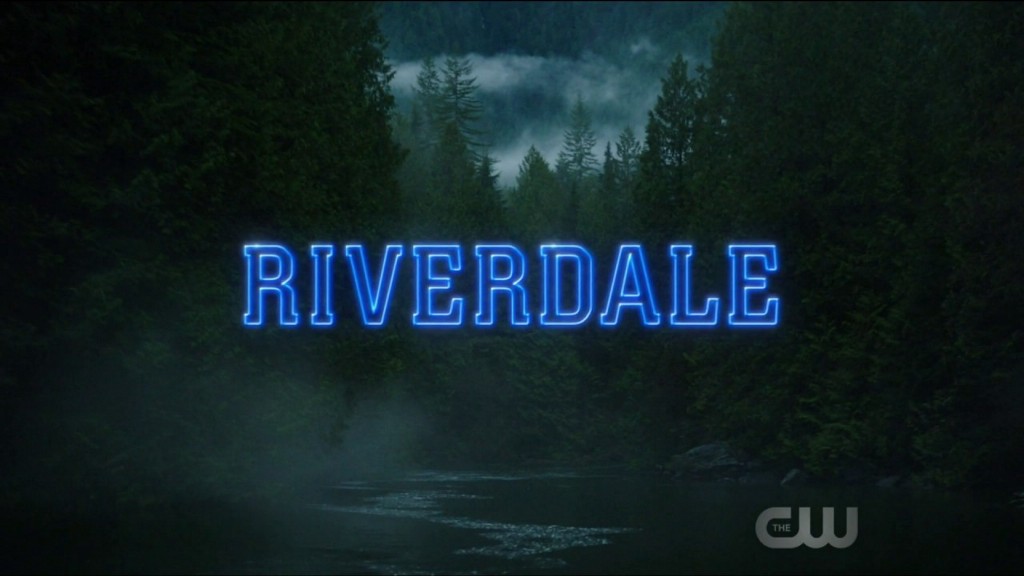
After going through our classic fairytales and the hale, hearty, wholesome world of Archie Andrews, Hollywood’s “darker and grittier” trend has finally come for Anne of Green Gables. The review headlines were all over my Twitter and Facebook feeds, decrying the “dark but predictable” and “bleak” “Anne With an E,” the Netflix reboot/revival/remake (who even knows, anymore?) of the classic series that dropped in March 2017. But why? Remakes are nothing new, but the type of remakes in development these days consistently emerge under a cloud of Dark and Edgy.
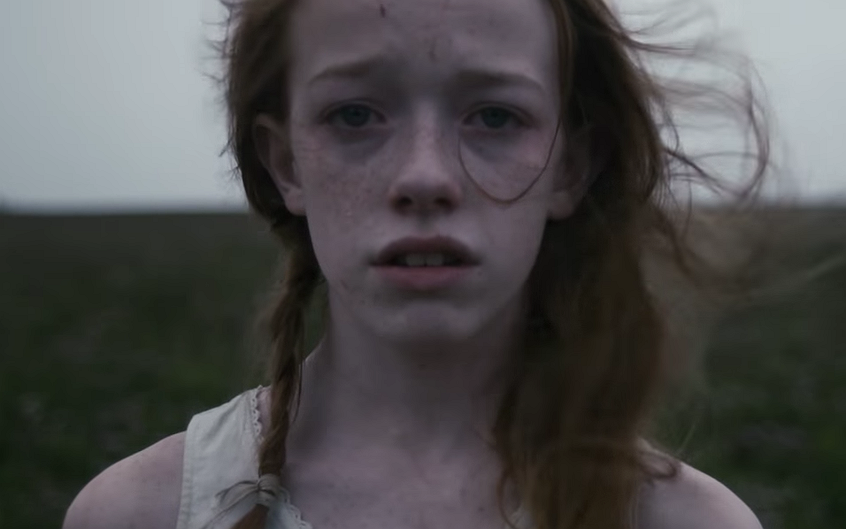
In the last few years alone, we’ve had a new-new Spider-Man, a new Batman, a new Power Rangers movie, a revival of “Full House,” “One Day at a Time,” “Arrested Development,” “Gilmore Girls,” “Samurai Jack,” and The Mummy, as well as variously faithful adaptations of Archie Comics, Anne of Green Gables, Snow White, Hansel and Gretel, Cinderella, and Beauty and the Beast.
Not all retreads of familiar media properties are created equal. Despite owing their existence to a pervasive sense of nostalgia, there are key differences between the revivals of “Gilmore Girls” and “Arrested Development” versus the adaptations and revivals of Archie Comics, Anne of Green Gables, and Power Rangers. The former capitalize on the nostalgia factor by recreating the original tone and style to a tee, while the latter, more controversially, have chosen to go “darker” and “grittier” — as in, “these aren’t the Power Rangers you remember from when you were five.” It’s a mix of desire and shame that older fans have to grapple with: if Power Rangers and superheroes are for kids, the way to make them seem appropriate is to remove the childish aspects and go the “darker-and-grittier” route, which results in popcorn movies attacking real-world issues with varying degrees of success.
One remaining question is, who are these reboots for? Are they doing so to attract that elusive, all-important Millennial viewer, capable of blowing up a show’s popularity with a single tweet? Or are they hoping to capitalize on the nostalgia of Generations X and Baby Boomer, in order to create a wider audience — and make these childhood properties seem more “adult” oriented? What underlying assumptions are the creators making about their intended audiences?

The urge to darker-and-grittier-ize is at least as old as the Brothers Grimm. We take it for granted that Disney sanitizes classic fairy tales, but don’t often consider that the violent “originals” by the Brothers Grimm are actually themselves adaptations of folktales from around the world — and the brothers took a fair few liberties with their own versions. Where an earlier written version of Cinderella by 17th-century author Charles Perrault ends with the stepsisters begging Cinderella for forgiveness, the Brothers Grimm amp it up for dramatic flair: not only do the stepsisters mangle their own feet to fit into the glass slipper, but pigeons also peck out their eyes as punishment for their wickedness.
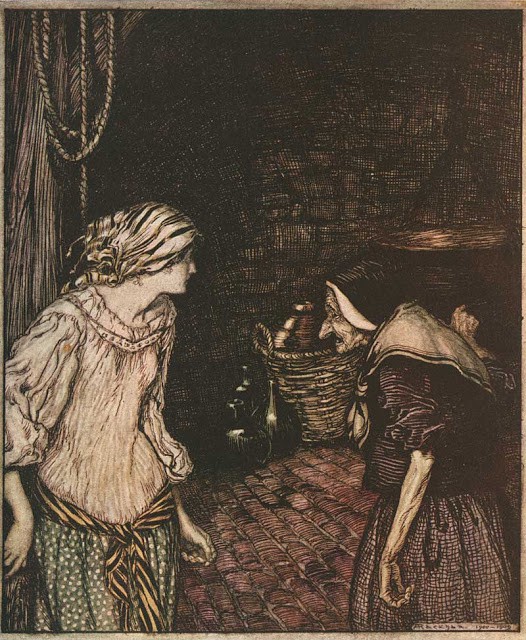
What was the purpose of changing these stories in this manner? Why take old folktales and dress them up in such disturbingly bloody ways? It turns out that the Brothers Grimm didn’t have children in mind when writing their own versions of these tales. According to the Christian Science Monitor, “[t]he brothers imagined their ‘Fairy Tails’ [sic] as an academic anthology. It was the work of scholars, compiled by and for serious adults. However, as the books became more popular, the Grimms faced harsh criticism. Parents found the stories far too dark […] So, the Brothers Grimm started editing.”
So the stories began one way, were turned dark and violent by the brothers Grimm, who gradually moderated them for child consumption, then made light and fluffy by Disney, only to be turned around and recast as sexy thrillers for the 21st century. If we take the example of the Brothers Grimm in reverse, if light and fluffy is designated for children, then the converse applies: adults (and, increasingly, millennials) apparently require more “serious” (and more violent or sexual) entertainment. (Although it is perhaps ironic to note that children’s movies have plenty of death and other depressing tropes, often more than movies geared towards adults.)
Thus, this darker and grittier approach is meant to attract both fans with memories of the original works — the older generation — while assuring them that, since the lighting has become moodier and people might be getting murdered, it’s now kosher to be a fan of Archie and Anne and the Rangers and still be an adult. There’s also likely the hope that parents will want to sit down with their kids and watch these movies/projects — to introduce them to this media that was so important to them in their youth. Gotta get those four quadrants!
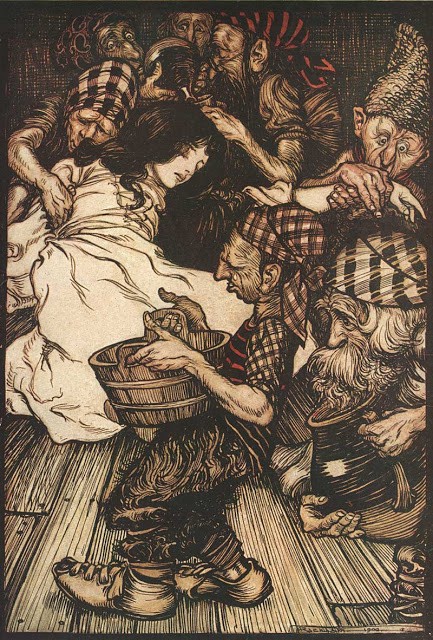
In contrast, the tone-matching approach of “Gilmore Girls” and “Arrested Development” has a much narrower, clearer function: these revivals are for the fans, so forget the rest of the world. It’s just not possible to jump into the new “Gilmore Girls” and “Arrested Development” without having watched them when they originally aired and still get what’s going on. “Riverdale,” Power Rangers, and “Anne with an E” serve no such function, and thus they have to court a wider potential audience — the people who know of the source material and/or previous adaptations who welcome a return of these characters (the people who are apparently longing for darker, grittier, and sexier and murder-ier fanfiction of their faves) as well as to the fresh eyes of discerning television viewers.
The present-day contexts in which “Riverdale,” Power Rangers, and “Anne with an E” are located also differ wildly from when they were originally introduced. When Archie, Anne, and the Power Rangers first showed up, their audience was largely children. But even though the CW is for teens, it’s still watched by plenty of adults, who recap its shows and write critical think pieces on them. Would a “Riverdale” that matched the precise tone of the comics — light, happy, slapstick, non-serialized — even be greenlighted, even if it was no longer a period piece? Would it have garnered such a strong following, and would it have become a guilty pleasure for probably a lot of adults in their thirties?

Archie Andrews first popped up in the 1940s and 1950s, and was supposed to be reminiscent of popular movie star Mickey Rooney. By the time he got his own series, he and his world were perfectly suited to the ideals of the era: a bright, clean town, everyone declaratively heterosexual (aside from Jughead, who was mostly more interested in food than in dating), front lawns, nuclear families, America as the greatest — a wholesome, idyllic vision of the United States. “Riverdale,” in contrast, responds to a very different world of 2016–2017, as well as to the recent television landscape, where the “whodunit” serialized murder mystery is present in popular shows like in “Big Little Lies,” “True Detective,” “Broadchurch,” and “The Killing,” to name but a few. If “Gossip Girl” were being made today, surely it too, would have a murder mystery thrown in as well.
“Mighty Morphin Power Rangers” — both the television show and the original movie — reached American audiences during the heyday of the booming 1990s, which was called “the best decade ever” by the New York Times in 2015. The economy was successful, the Cold War was over, and “a tide of progress and good sense seemed to be sweeping the whole world:”
By the end of the decade, in fact, there was so much good news — a federal budget surplus, dramatic reductions in violent crime (the murder rate in the United States declined by 41 percent) and in deaths from H.I.V./AIDS — that each astounding new achievement didn’t quite register as miraculous […] According to the annual count by Freedom House, the tally of the world’s free countries climbed from 65 at the beginning of the decade to 85 at the end. Since then, the total number of certified-free countries has increased by only four.
Opinion | The Best Decade Ever? The 1990s, Obviously
Much like “Friends,” “Mighty Morphin Power Rangers,” represented the cultural attitudes and optimism of the decade — it was brightly colored, hammy, didn’t take itself overly seriously, and was often more than a little funny. With “Friends,” however, the story being told the was the audience’s lives, albeit reflected back in a much more homogenized and idealized way, while “Mighty Morphin Power Rangers,” with its sci-fi and fantasy elements, was not exactly grounded in reality. Monica and Rachel’s impossibly large apartment was still a goal to which the viewer could aspire, unlike magical powers (although today both are arguably equally based in fantasy).
The question, then, becomes one of desire. What is it audiences are supposedly looking for? Is it truly nostalgia if the atmospheres of these reboots reflect our own times more than their original? Do we want Archie and Anne and the Rangers to take us back to their worlds, where everything is circumscribed by the lines of fiction and the promise of an eventual, often hard-earned happy ending, or do we want them to enter our own imperfect, confusing one? What is it about Stars Hollow that compels us still to return to its small-town charm, but requires that the superficially similar town of Riverdale become a veritable pit of snakes?

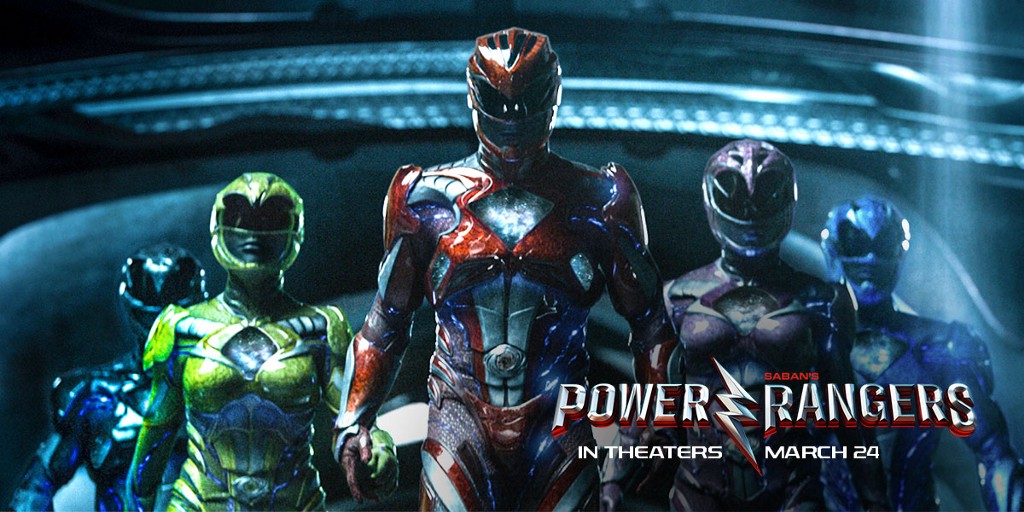
Perhaps Archie and Anne and the Rangers are so steeped in their historical lightness and earnestness that we have the urge to tear them down — to “modernize” them for today’s audience — while “Gilmore Girls” and “Arrested Development” feel recent enough. Today’s adult viewers, at least, still feel that twinge of shame and embarrassment when walking into the latest from Marvel Studios — that sense of “I can’t believe I’m a grown adult going to watch a man who becomes the size of an ant to fight crime.” The new look and feel of the town of Riverdale is well within the category of salacious, adult-friendly guilty pleasure, although the pleasure would be likely be even guiltier if the show were closer in tone to the source material. Essentially: we want to go back to the pristine, unchanged worlds of the Gilmores and the Bluths to comfort ourselves by remembering, perhaps, the happier times when we first met these characters; we want to “dark and gritty”-ify Archie, Anne, and the Rangers to justify returning to the texts of our own childhoods.
Ultimately, the “darker and grittier” approach doesn’t seem to be working on as large a scale as Hollywood might have hoped. While “Riverdale” is certainly talked-about in that breathless, I-can’t-believe-I’m-watching-a-show-about-sexy-Archie-Andrews way, it didn’t earn big viewing numbers. “Anne with an E,” despite an overall positive critical reaction, will hardly end up in the top half of popular or most-loved Netflix original series, and Power Rangers barely made back its budget, while earning mixed at-best reviews. Batman v. Superman: Dawn of Justice earned plenty of money but scathing reviews, while the more earnest Wonder Woman has succeeded both among critics and moviegoers. It’s not even clear whether the assumption that Millennials wanted “darker and grittier” was ever solid to begin with. Maybe we needed to grow up alongside Harry Potter, but we didn’t necessarily want to stay in that muddled, murky place where his story ended.
It seems, then, that we need to take a look at what we want from our media with regards to nostalgia, and what we hope to get out of that nostalgia in the first place. Perhaps, after a decade or so of insisting that “darker and grittier” is somehow more true to life or realistic (and therefore more worthy of our consideration), we’re looking for something more like pure escapism once more.
Deborah Krieger is a freelance writer and curatorial assistant. She has written for BUST, PopMatters, Paste, the Mary Sue, Whitehot Magazine, Bitch Flicks, and blogs at www.i-on-the-arts.com.
